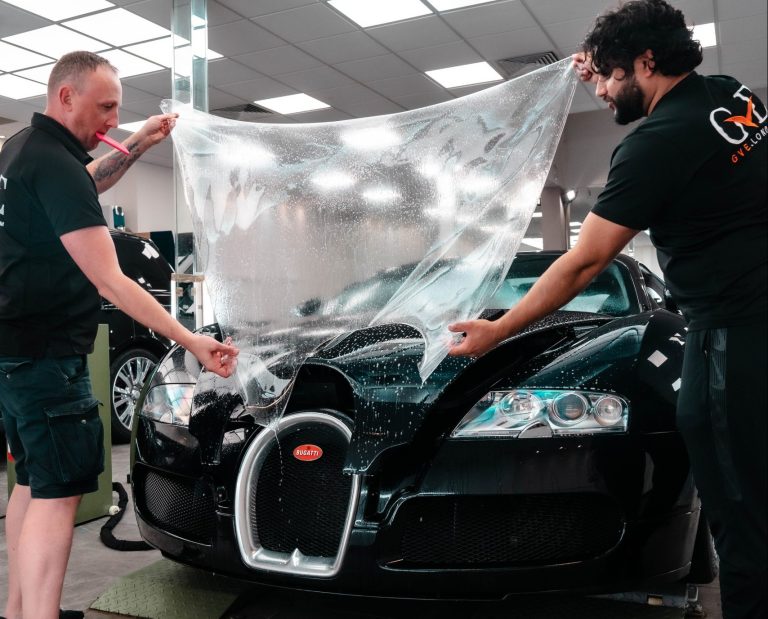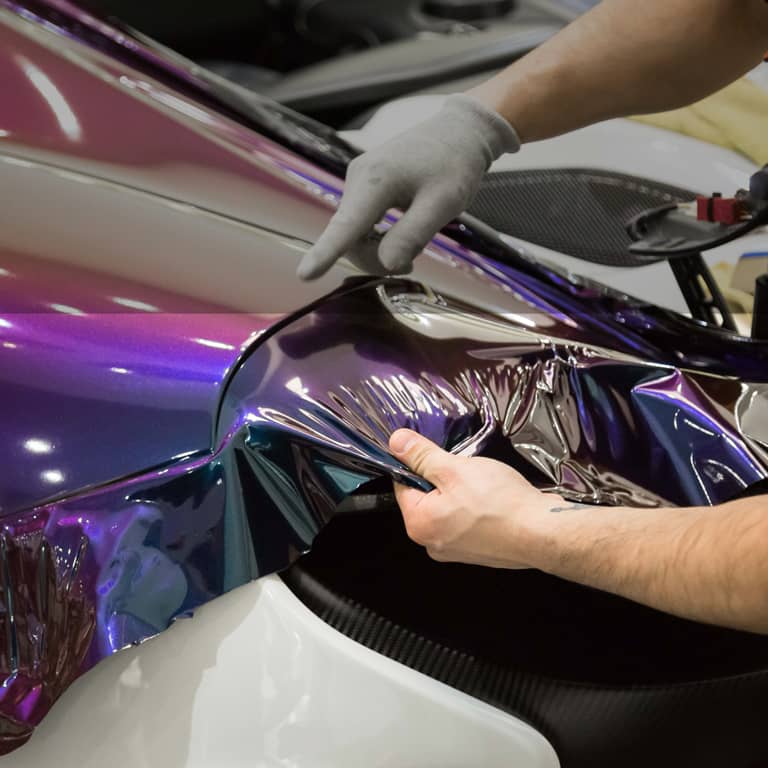- Showroom Case Studies
What to Expect When Exporting a Car from the UK? | GVE London – Blog
Learn the steps for exporting cars from the UK, including required paperwork, shipping options, and customs guidelines, to ensure a smooth, hassle-free process.
Exporting cars from the UK is fairly straightforward, but you need to make some preparations. Whether you’re relocating abroad or selling your vehicle to an international buyer, it’s best to understand each and every step involved in the process.
And we’ll do just that in this guide, covering everything from required paperwork to the logistics of shipping to help you step into the world of car exporting.
Understanding Export Regulations
So, first things first, understand the rules and regulations. The UK government has very specific guidelines, with two categories of exporting: Temporary and Permanent.
If you’re exporting a vehicle permanently, you will need to inform the Driver and Vehicle Licensing Agency (DVLA) and send them the V5C registration certificate, also known as a logbook, with the V5C/4 ‘notification of permanent export’ section filled in. It contains information about both the vehicle and the owner. If the vehicle is being sold to a new owner, include their details as well.
Note: The V5C certificate can take around six weeks to arrive, so it’s best to start the procurement process as early as possible.
For temporary exports, if you plan to take a vehicle overseas for less than 12 months, you have to take your vehicle logbook with you and potentially present it at the destination. Also, temporary exports are still taxed in the UK, even while abroad. So, you should have an MOT and insurance.
If you’re dealing with a super or luxury vehicle, you might want to consult a professional by visiting a supercar showroom like GVE London, considering the risks involved with a high-value export.
Getting the Right Documents in Order
Nobody wants to do paperwork, but it is one of those areas that is absolutely critical for exporting cars from the UK. The main documents that you will require are:
- V5C Registration Certificate (logbook): This proves ownership of the vehicle. Complete section 11 for permanent exports or section 5 for temporary exports.
- Proof of Sale: If you’ve sold the car to an international buyer, a bill or sales agreement may be necessary.
- Shipping Documents: This includes a bill of lading from the shipping company and any customs documentation required by the destination country.
- Export Declaration: Some exports, especially those outside the EU, may require a declaration to HMRC.
You might want to consider visiting a trade showroom that specialises in exporting high-end models to ensure you have all the required documents and safety measures.
Read Also: Understanding UK Car Export Laws: What Every Buyer Should Know
Preparing Your Car for Export
You’ve got all that paperwork done, and now comes the fun part. It’s time to start thoroughly cleaning your vehicle, inside and out. Some countries have super strict biosecurity rules and may deny entry to your vehicle if it’s dirty, out of the fear of it carrying contaminants.
Next, the condition of your vehicle. Check the basics: fluid levels, tyre pressure, battery, etc. If you’re exporting a high-performance vehicle, consider having it serviced at a supercar service centre like GVE London. Take photographs from various angles and keep service records before shipping it out, so you can check if your car was damaged during transit.
Choosing a Shipping Method
There are several options to choose from when shipping your vehicle, depending on your budget, safety, and how quickly you need it delivered. These include:
- Roll-On/Roll-Off (RoRo) Shipping: Cars are driven onto a ship and secured in place. It’s budget-friendly, reliable, but not the best option for luxury car exports.
- Container Shipping: Your car is loaded into a container, and it tends to offer better protection than RoRo.
- Air Freight: The fastest but most expensive shipping method, usually reserved for urgent deliveries or extremely valuable cars.
Consult any professional from a supercar showroom; they recommend container shipping as it is the safest choice without being outrageously expensive.
Customs and Import Duties
Check the customs regulations of the destination country. Some may have strict emissions standards or require certain modifications to be made. Consulting a trade showroom that handles international exports can help ensure your car complies with all local regulations.
Conclusion
Exporting cars from the UK is a detailed process: understanding regulations, managing paperwork, and choosing the right shipping method—it certainly is a bit complex. However, with careful planning, it can be executed smoothly without any hiccups. It is also important to ensure that your vehicle receives the proper treatment before being shipped overseas. GVE London specialises in handling supercar servicing, wrapping, detailing, PPF, and custom modifications to maintain the pristine condition of your vehicle during transit.
Frequently Asked Questions
Yes, export insurance is essential as standard car insurance typically doesn’t cover international shipping. If you’re exporting an expensive vehicle, getting insurance is always recommended.
A service at a supercar service centre ensures the vehicle is in top condition before shipping.
Costs include shipping, insurance, and any import duties or taxes in the destination country. High-value cars may have additional costs for shipping and security.
Contact Us
"*" indicates required fields
OUR SERVICES

PAINT PROTECTION FILM

WRAPPING

SERVICING










